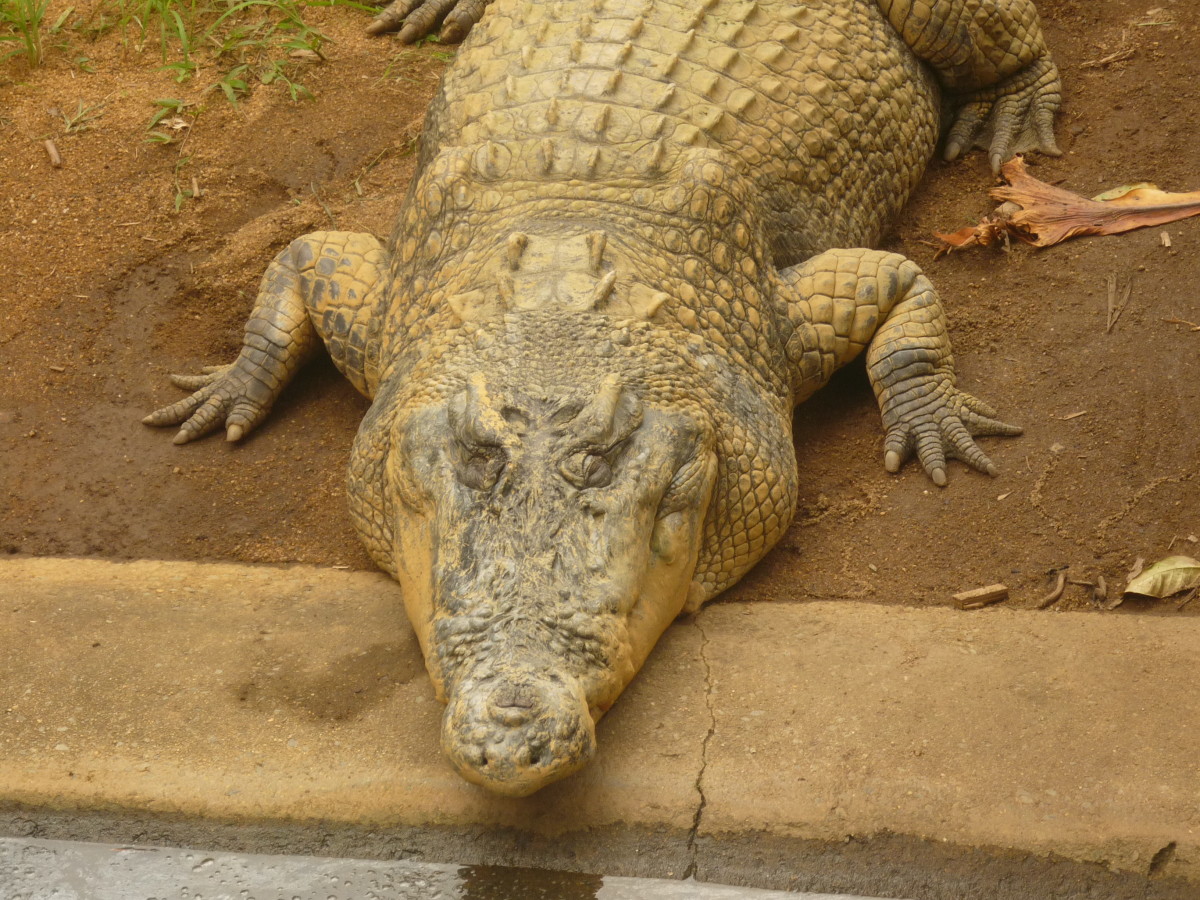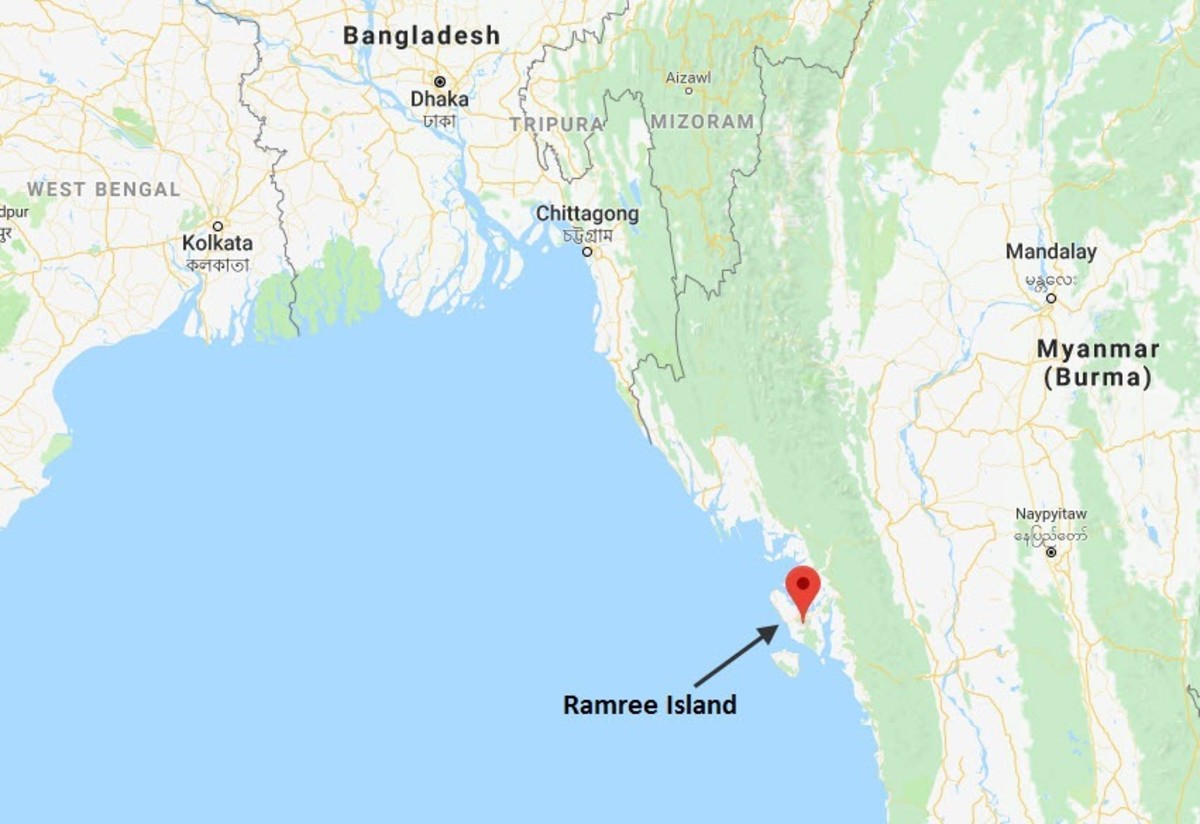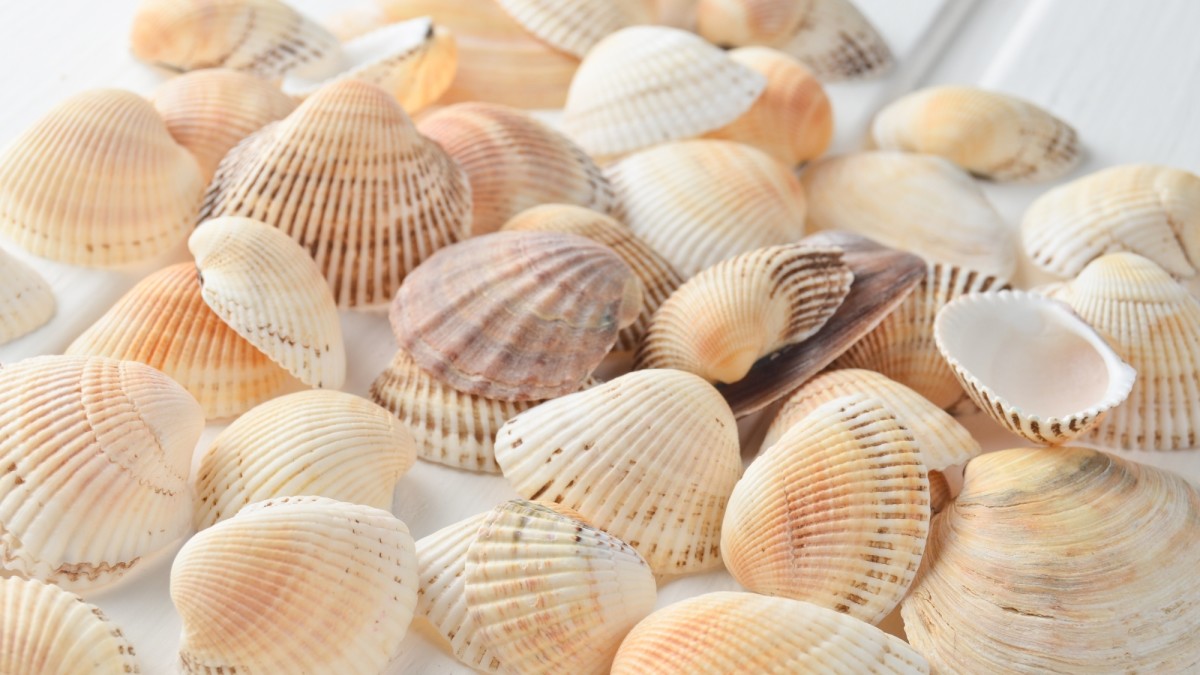Which Is the Most Aggressive Animal in the World?
Many wild animals display aggressive behavior when threatened or provoked. Both small and large animals can quickly turn hostile.
Hippopotamus and saltwater crocodile are two animals that are quite aggressive. Their massive size and strength make them both dangerous. But which of the two should be considered the most aggressive animal in the world?
Hippopotamus
Hippos are the second largest land animals, sharing the spot with white rhinos. While they look gentle and slow, they're actually quite violent and dangerous.
Physical Features
Hippos are normally between 9.5 and 14 feet in length, excluding the tail, and 5 feet tall. At birth, calves weigh about 100 pounds and they can grow up to 8,000 pounds.
The color of hippopotami is pale gray or slate. Around the ears and eyes, the skin is brownish pink.
Their short but powerful legs propel them through shallow waters. Their eyes, ears, and nostril placed high on their head keep them aware of their surroundings when they're fully submerged in water.
Habitat
Hippos are semi-aquatic. They inhabit rivers, lakes, and swamps deep enough to keep their entire bodies submerged. They spend most of the day in the water to stay cool and only leave at night to forage for food.
In the wild, these large mammals can only be found in east African countries, south of the Sahara.
Diet
Hippos are herbivores but they only graze on land and only at night. They're not known to feed on aquatic plants or eat while submerged in water. Their diet consists of grasses, small shoots, reeds, and fallen fruits.
In a few occasions, hippos were observed consuming dead animals. It's believed that this behavior is a result of nutritional deficiency or illness, as hippos' stomachs are not apt to digest meat.
Aggressive Behavior
Hippos are quite aggressive. However, they rarely display such behavior on land. When they search for food, they simply roam around. The only time they become aggressive is when there's scarcity of food or water.
Females become a lot more aggressive when they have young ones to protect. Lions and hyenas know this for a fact and will only attack the calf if the mother is nowhere near.
In a herd, only the dominant male can mate with the females, so some bachelor males will try to make their own herd. Aggression between these males happen when they look for their own territory. As much of their natural habitat has been lost, finding enough space for their future herds to live without conflict is difficult.
In Africa, hippos are known to attack people in the water or boats. This is especially true if the hippo is a female with offspring. This type of behavior is a result of their protective nature. Viewing humans as threat, they attack to protect their environment and their own.
Threat/Predator
Lions, crocodiles, and hyenas occasionally feed on young hippos. However, infant mortality rate is low – about 0.01 deaths per year.
Aside from poachers and humans causing the destruction of their habitat, adult hippos don't have any known predators.
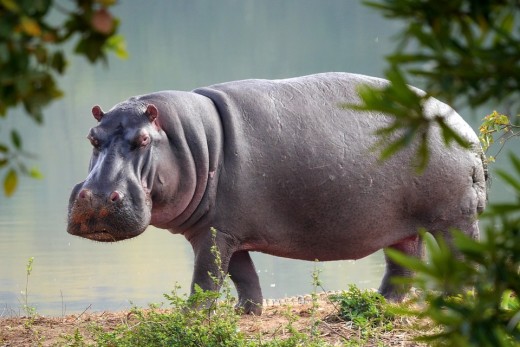
Fact!
A hippo that seems to be repeatedly yawning or laughing is showing signs of threat.
5 Fascinating Facts About Hippos
- With their barrel-like bodies, hippos are usually thought of as slow and sluggish. The truth is, they're quite agile and can attain speeds of up to 19 mph.
- Hippos can't swim. Instead, they stand, walk, or run on surfaces below the water.
- The average life span of hippos in the wild is 40 years. In captivity, it's about 50.
- There's a myth that hippos sweat blood due to the red oily substance they secrete when they bask on the shoreline. This liquid is actually a natural sunblock and skin moisturizer. It can also protect them from disease-causing germs.
- The word hippopotamus came from the Greek words hippos (horse) and potamos (river).
Saltwater Crocodile
Saltwater crocodile, or saltie, is the largest known living reptile in the world. It's also considered as the animal that's most likely to attack and eat a human.
Physical Features
Saltwater crocodiles exhibit sexual dimorphism. Males normally grow up to 19 feet while females are much smaller, usually half the males' length.
Salties have large heads with the eyes, nostrils, and ears set atop it. This allows the crocodiles to see, breathe, and hear while almost completely submerged. They have heavy set jaws with 64 to 68 teeth. Their scales are oval and compared to other crocodile species, their bony plates are small.
The color of young salties is pale yellow. Their bodies and tails have black spots and stripes. Adults are generally much darker, with some light tan to gray parts.
Habitat
A mostly aquatic animal, the saltwater crocodile spends much of its time in water and little on dry land. It inhabits both salt and fresh waters and populates the open sea, island shorelines, coastal and freshwater rivers, creeks, and swamps.
Saltwater crocodiles can be found in northern Australia, Papua New Guinea, the majority of Southeast Asian countries, Bangladesh, eastern India, and Sri Lanka.
Diet
Salties are carnivores and would feed on any animal as long as their size and strength allow for it. Their diet consists mostly of fish, including sharks. They also eat snakes, goannas, turtles, mud crabs, birds, buffalo, wild boar, monkeys, and cattle. The young feed on small fish and reptiles, crustaceans, frogs, and insects.
Displaying classic opportunistic predation, saltwater crocs lurk beneath the water's surface and patiently wait for a potential prey. They lunge out of the water without warning, killing their prey almost instantly.
Aggressive Behavior
During mating season, the larger salties become more aggressive and more fearsome. Males defend their breeding ground and attack any male that tries to enter. Females defend the eggs from humans and predators.
In a study conducted on baby crocs, researchers found that among the seven species of crocodiles they observed, salties are the most aggressive. The young salties are also as aggressive as their adult counterparts.
While the other crocodiles showed more social behaviors, the salties were the only species that demonstrated agitation and lunged head strikes on their opponents.
Researchers believe that salties are hardwired for aggression. Although there's no clear explanation yet, they think that this type of behavior is instilled to take advantage of their size and decrease competition with other crocs.
Threat/Predator
With their size and strength, adult saltwater crocs don't have to worry about predators. However, eggs and juveniles can fall victims to turtles, wild buffaloes, and older saltwater crocodiles.
Habitat modification and loss due to climate change, and human population encroachment and illegal hunting are the main threats to the long-term survival of salties.
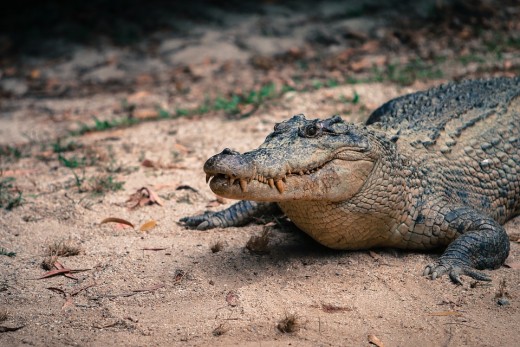
5 Fascinating Facts About Saltwater Crocodiles
- Salties are also the world's strongest biters, with tested bites exceeding 3,600 pounds-force.
- A Guinness World Record holder, the largest saltwater crocodile in captivity was 20 feet and 3 inches long. It was captured in the Philippines in September, 2011 and was named Lolong. After its death, the title was returned to the previous holder – Cassius – with a length of 18 feet.
- The average lifespan of saltwater crocodiles is at least 65 years. In captivity, there are some crocodiles that are over 100 years old. However, infant mortality is high. Only 1% of newborns survive to adulthood due to predation.
- An offspring's sex is determined by the temperature in which eggs were incubated. Higher temperatures make mostly males while lower temperatures produce mostly females.
- Saltwater crocodiles can open their mouths underwater and not drown. This is due to a specialized valve that seals off the throat when the mouth is opened.
Hippopotamus vs Saltwater Crocodile: Who's the Winner?
Hippopotamus
| Saltwater Crocodile
| |
|---|---|---|
freshwater lakes and rivers in East Africa
| habitat
| fresh and salt waters in Australia, Southeast Asia, and South Asia
|
up to 19 feet
| size
| 15 to 19 feet (male)
|
up to 8,000 pounds
| weight
| 2200 to 2650 pounds (male)
|
essentially herbivore
| diet
| strictly carnivore
|
yes
| attacks humans?
| yes
|
Both hippos and saltwater crocs are quite aggressive. They attack humans and other animals when they feel threatened to defend themselves and their territory. But unlike the plant-eating hippos, crocs attack to feed on their victims.
Saltwater crocodiles don't exactly stalk or hunt people. But once they have consumed humans and identified them as food source, they will consider people as prey.
Over the past 5 years, the total reported human deaths around the world caused by crocodiles is about 700. This is nothing compared to the annual average by hippos, which is almost 3,000.
So which do you think should be called the most aggressive animal in the world? Share your thoughts and this article on Facebook, Twitter, or Pinterest.
References!
- "Saltwater crocodiles", By Northern Territory Government - https://becrocwise.nt.gov.au/about-crocodiles/saltwater-crocodiles. Retrieved on Apr 29, 2019.
- "10 amazing saltwater crocodile facts", By BBC Wildlife magazine - https://www.discoverwildlife.com/animal-facts/reptiles/facts-about-saltwater-crocodile. Retrieved on Apr 29, 2019.
- "Saltwater crocodile named world’s most aggressive", By The Guardian - https://amp.theguardian.com/environment/2013/dec/12/saltwater-crocodile-named-worlds-most-aggressive. Retrieved on Apr 29, 2019.
- "HIPPOPOTAMUS AGGRESSION", By Hippoworlds - https://www.hippoworlds.com/hippopotamus-aggression/. Retrieved on Apr 29, 2019.
- "Hippopotamus amphibius", By Animal Diversity Web - https://animaldiversity.org/accounts/Hippopotamus_amphibius/. Retrieved on Apr 29, 2019.
- "When Hippo Meets Crocodile: River Monster Showdown", By Roaring Earth - https://roaring.earth/hippo-meets-crocodile. Retrieved on Apr 29, 2019.




